SITE MAINTENANCE IN PROGRESS
Spoon-Carving Tools
Illustration by Len Churchill
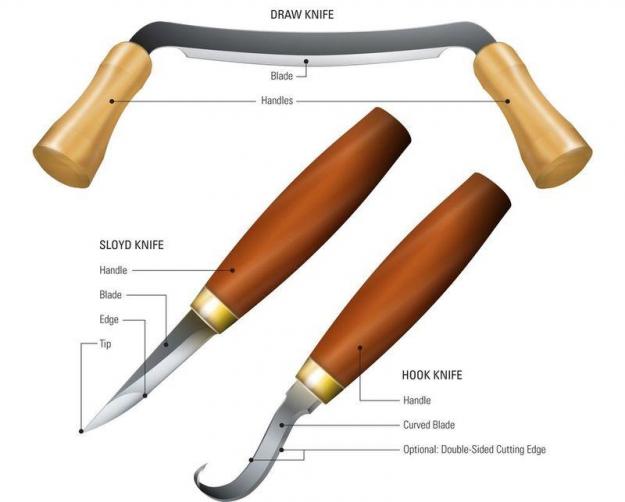
Get the Most Out of Your Spoon-Carving Tools
Draw Knife
Handles are grasped with both hands, on either side of the blade. Used for quick and rough stock removal. Usually used when roughing out a spoon blank or other workpiece. Works similarly to a spokeshave, but can take off more material with each pass.
Sloyd Knife
Inspired by a Swedish word referring to a system of hand-crafted education, a sloyd knife has a flat blade that is relatively long. The cutting edge is generally straight or very slightly curved, and the blade has a slight taper to it. It also has a simple handle. A sloyd knife is used single-handed to further fine tune the overall shape of a spoon as the user removes small shavings. Generally, very simple knives.
Hook Knife
Used to hollow out the bowl area of a spoon or create any small recess in a piece of wood. Its blade is curved, and is used single-handed to remove wood shavings. Available in different radiuses. Some hook knives’ blades have a varying radius. Hook knives are available with single- or double-sided blades.
Price: $30 – $100
Price: $20 – $70
A sharp blade is a safe blade. It’s also a joy to use. Many come very sharp, but learning how to re-sharpen a blade is important for long-term success.
Generally speaking, these tools work better, and the process is more enjoyable, if you take more small shavings, rather than fewer heavy shavings.
Continue the cut right through the workpiece, rather than stopping early and prying the shaving off. Prying will damage your razor-sharp blade.
Whether it means learning how to properly use a knife or wearing protective gloves and an apron, you don’t want to cut yourself. Everyone has a different comfort level.
Make a few simple purchases, get the hang of the process and your tools, then add to your collection as the need grows. This can be a wonderfully simple hobby.
2 Comments
Leave a Reply
More articles in Know Your Tools
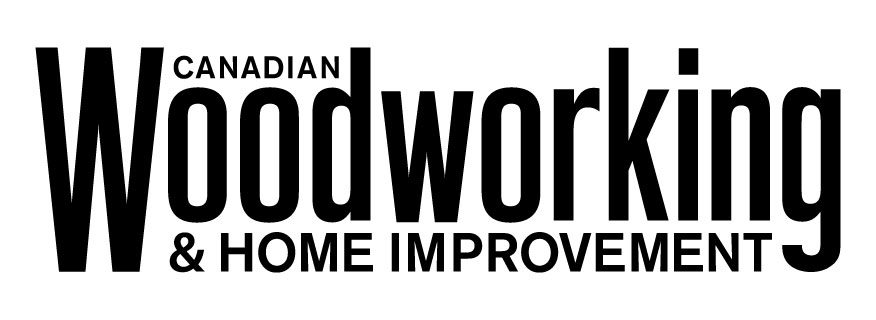

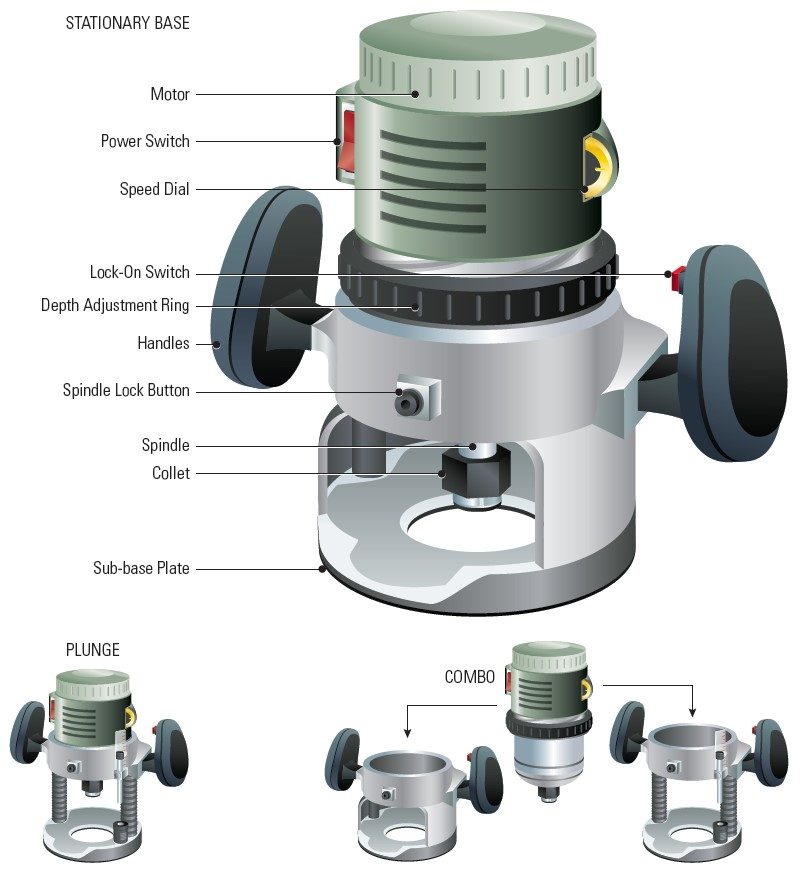
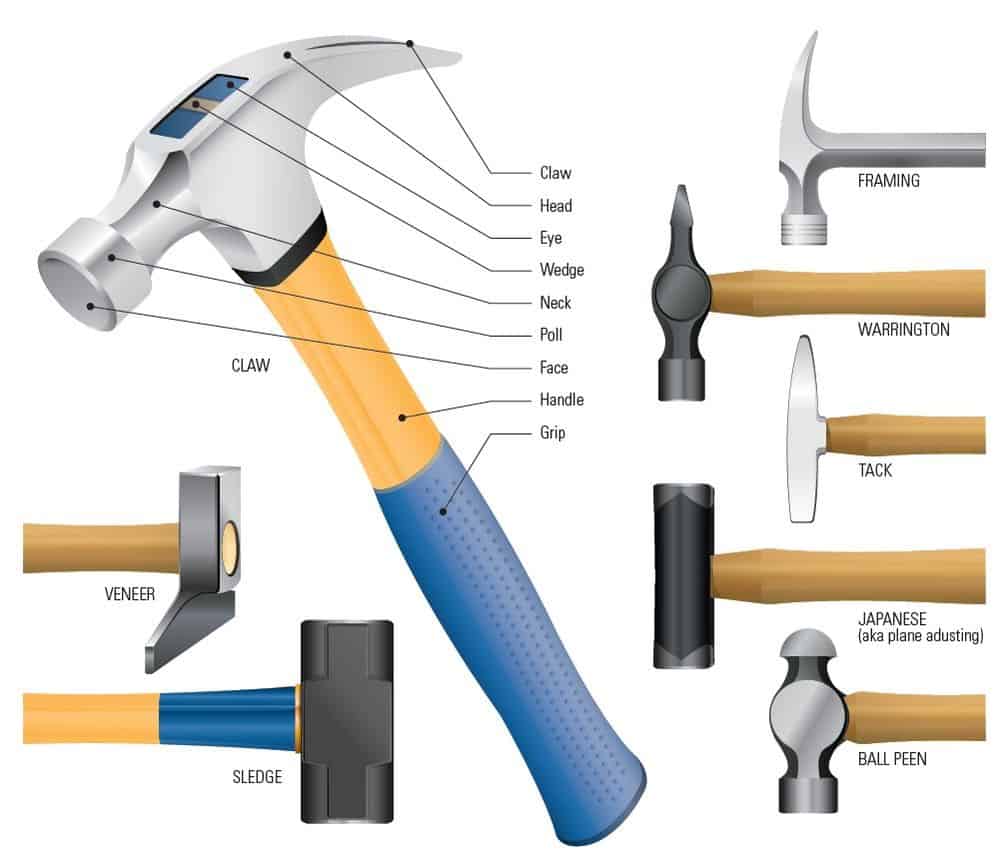
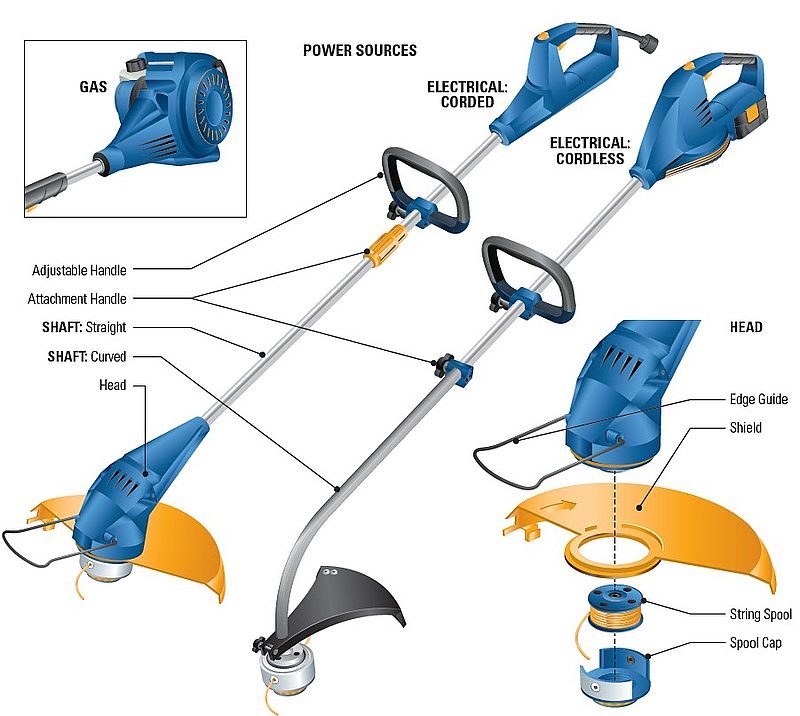
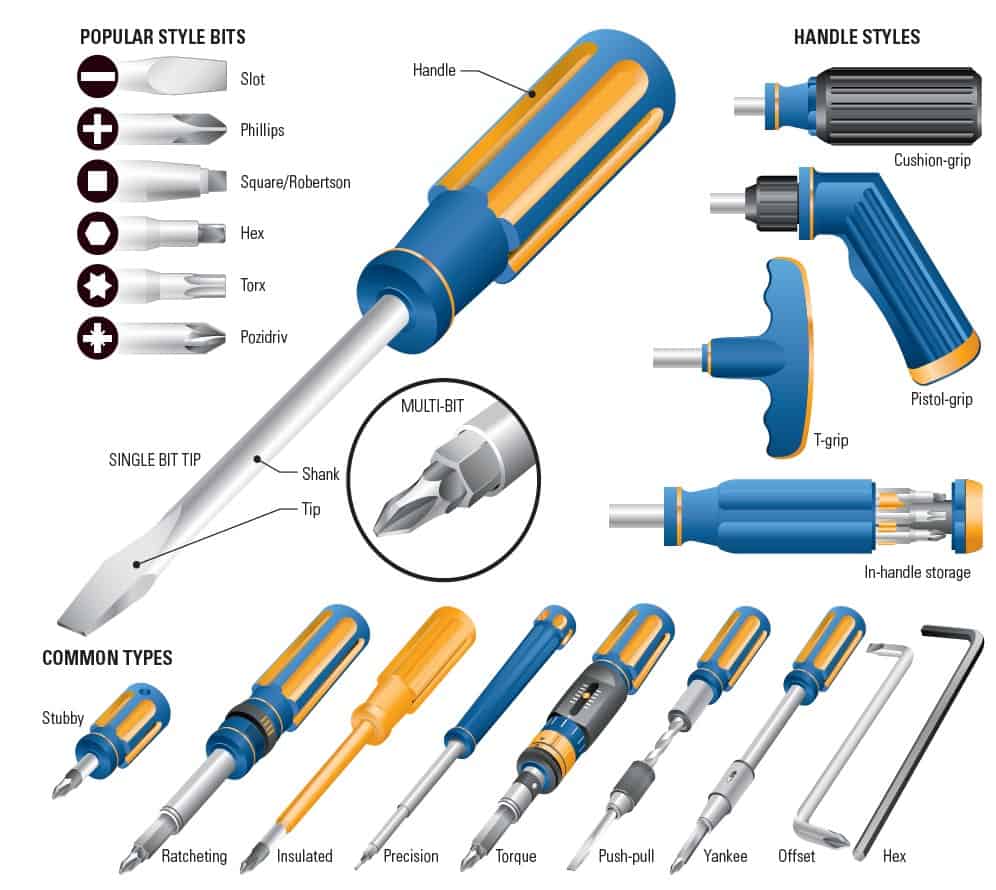
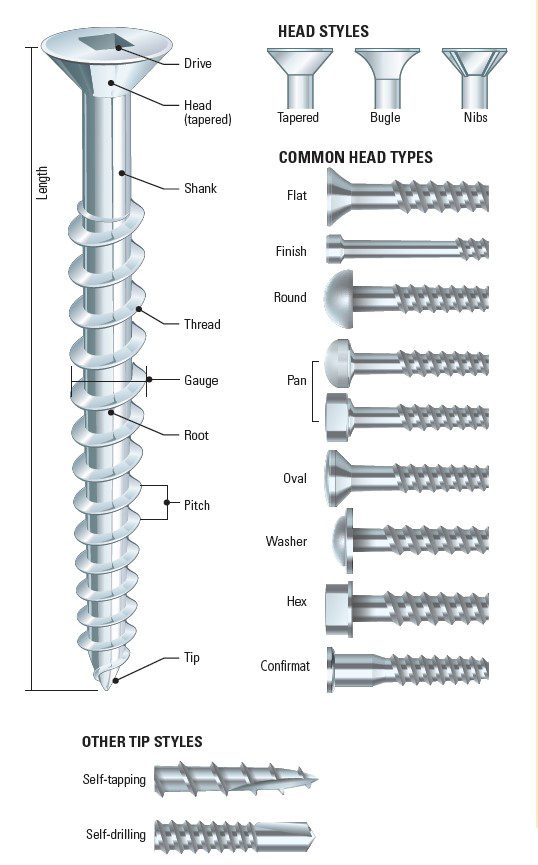
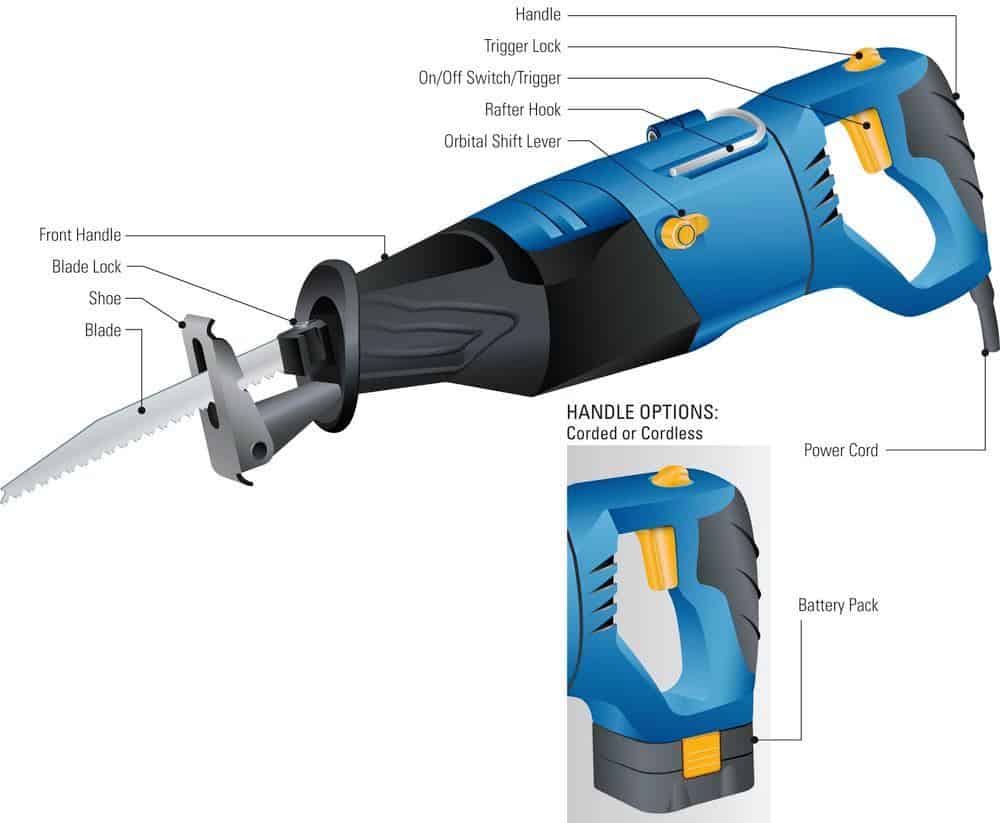
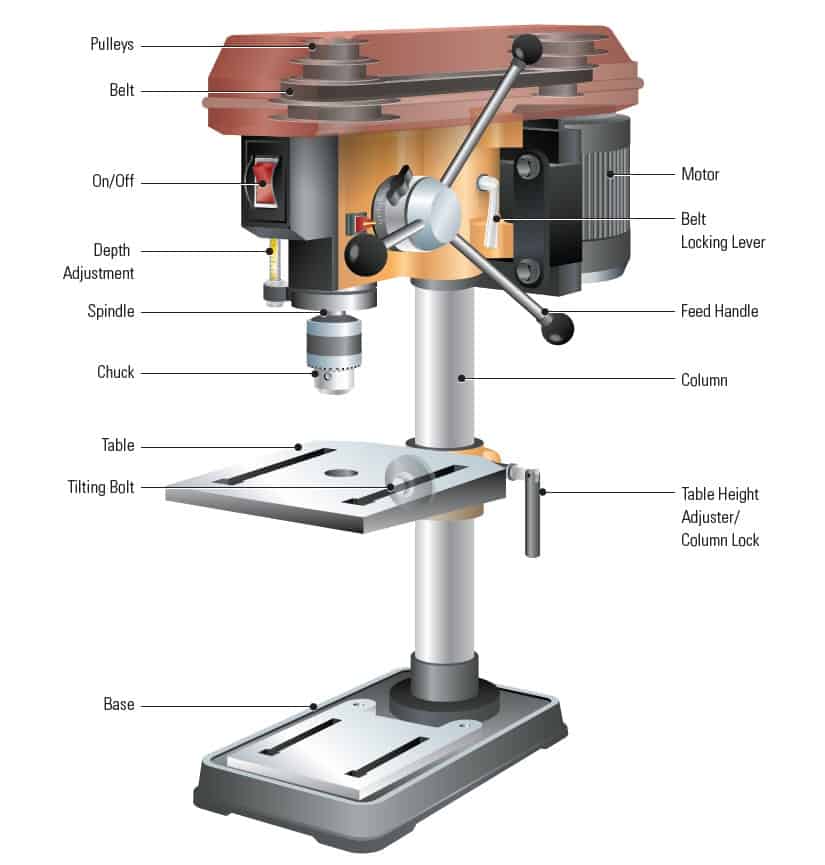
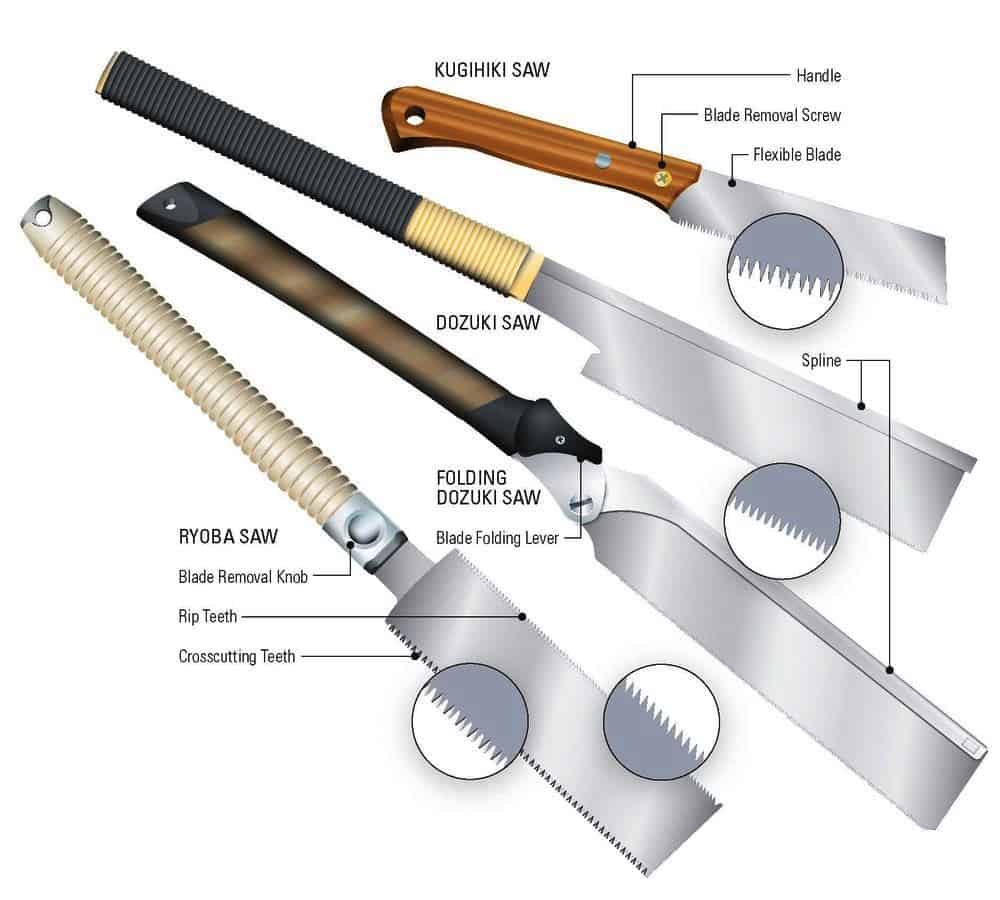
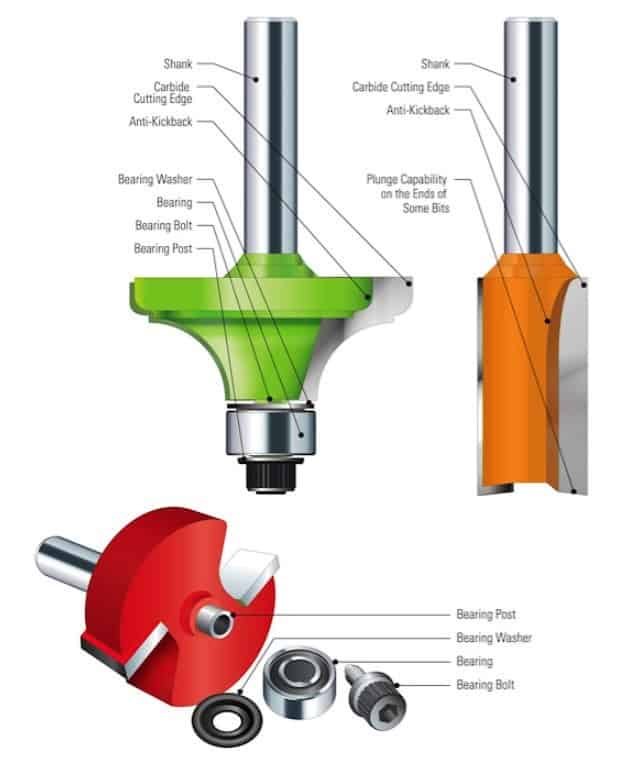



The article seems to suggest that knowing how to use your knife properly is a substitution for personal protective equipment (PPE). I’ve been carving for quite a few years and still ensure I employ either finger wrap, finger cots, or cut-proof gloves (depending on the task at hand) for every whittle. Safety glasses/ goggles are also a good idea as chips sometimes fly in unexpected directions. As for spoon carving tools, I might add that a spokeshave is quite suitable for some projects, and I also have built a little mobile shaving horse that is handy as an extra hand!
What about keeping the blades sharp, that should be a big part of making spoons?n